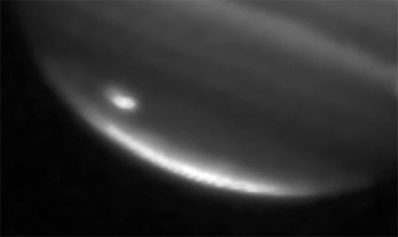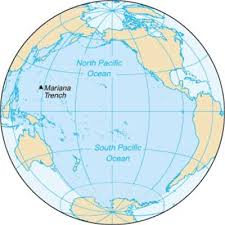This is a further example of why there may be very little intelligent life in the Milky Way. 1) Life as we know it requires liquid water, so most planets are eliminated right there. 2) You need a goldilocks star, one that is not too big, (it burns out in a few hundred million years before life evolves), or too small (any planet in the liquid water zone would be both tidally locked and constantly being fryed by the frequent flares of a red dwarf), most stars are therefore immediately eliminated. 3) In addition, it is very possible that the moon helped intelligent life evolve on the earth by creating tides that made tidal pools where creatures were alternatively exposed to air and water. To have such tides you need a fairly large moon, which will eliminate more planets. 4) Next plate tectonics seem to help life evolve, they provide energy sources, as well as various chemicals and gasses, as well as varying elevations to create land and sea. It seems likely, that if earth hadn't lost much of its crust in the collision that created the moon, the earth would either not have plate tectonics, or the plates might have stopped by now (and intelligent life has only been here a few hundred thousand years). Thus, you need a planet that had a large collision early in its life to lose its crust so that it would have plate tectonics for billions of years. 5) And finally, the reason for this post, you need a big hulkin Jupiter type planet to catch all the asteroids and comets that otherwise would wipe out intelligent life. It is sad to think that we may be alone in this galaxy (that is not to say that microbe life could not be frequent).





